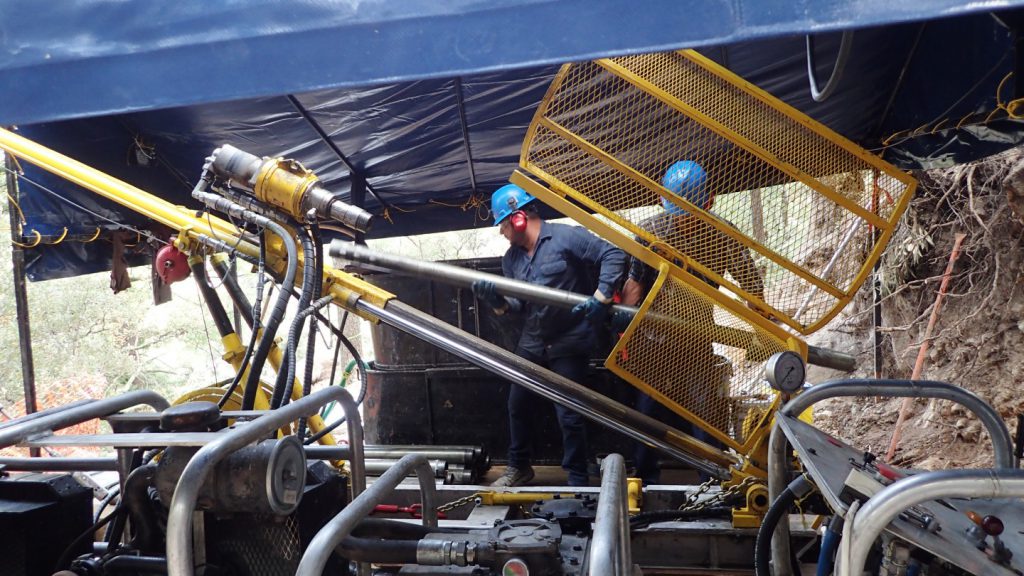Silver Tiger drills 0.5 metres of 2,049 g/t AgEq at El Tigre

Silver Tiger Metals Inc. [SLVR-TSXV; SLVTF-OTCQX] has intersected high-grade silver and gold mineralization in the Protectora and Caleigh veins within the El Tigre gold alteration zone, approximately 1.7 km north of the historic El Tigre Mine, Sonora, Mexico.
Highlights
Hole 163 on the Protectora vein: 0.5 metres grading 2,049.1 g/t silver equivalent (AgEq) from 16.9 to 17.4 metres consisting of 1,782 g/t silver and 3.56 g/t gold and a second intercept of 0.5 metres grading 1,440.6 g/t AgEq from 51.9 to 52.4 metres consisting of 1,374 g/t silver and 0.89 g/t gold.
Hole 164 on the Protectora vein: 0.5 metres of 1,592.5 g/t AgEq from 17 to 17.5 metres consisting of 805 g/t silver and 10.50 g/t gold.
Hole 158 on the Caleigh vein: 0.7 metres of 1,121.6 g/t AgEq from 90 to 90.7 metres consisting of 815 g/t silver and 4.09 g/t gold.
Hole 156 on the Caleigh vein: 0.3 metres of 1,284.0 g/t AgEq from 82 to 82.3 metres consisting of 752 g/t silver and 7.09 g/t gold.
All these high-grade veins are within the El Tigre formation, a gold alteration zone that can be up to 150 metres thick. Silver equivalent ratios are based on a silver-to-gold price ratio of 75:1 (Ag:Au).
Glenn Jessome, President and CEO, said: “The historic El Tigre mine just to the south of our current drilling produced over 100 million silver equivalent ounces averaging over two kilograms per tonne silver equivalent between 1908 and 1938. Our initial results from the first 10 holes of the 2020 drilling program on the Protectora and Caleigh veins has intersected near-surface high-grade silver mineralization similar to that mined a century ago at the historic El Tigre mine. Just as exciting for us are the first intercepts of the gold alteration zone around the high-grade silver veins like the gold halo that delivered the majority of our NI 43-101 resource estimate around the historic El Tigre mine. We are drilling with three diamond drill rigs and will continue to test the strike extensions of the Caleigh, Protectora and Fundadora veins.”
